This is what we call it when you can draw a line down the center of an animals body and it looks the same on both sides
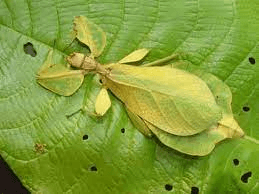 Bilateral Symmetry
Bilateral Symmetry
This is a hard outer coating on an arthropod
exoskeleton
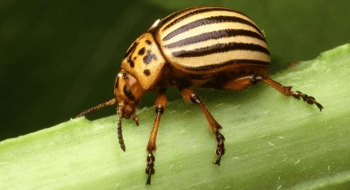
How do you pronounce cnidarian?
Remember, the c is silent!
Is a sponge a plant or an animal?
Sponges are animals because they cannot make their own food.
An earthworm is this type of worm
segmented worm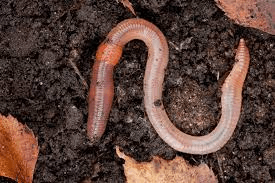
What type of symmetry does a seastar have?
Radial Symmetry
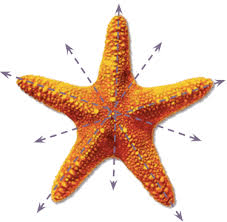
This is the scientific name for warm blooded
endotherm
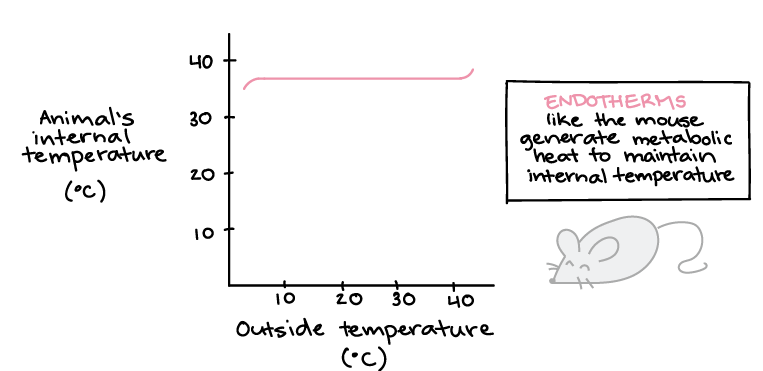
What are cnidarians known for
their stinging cells (nematocysts)
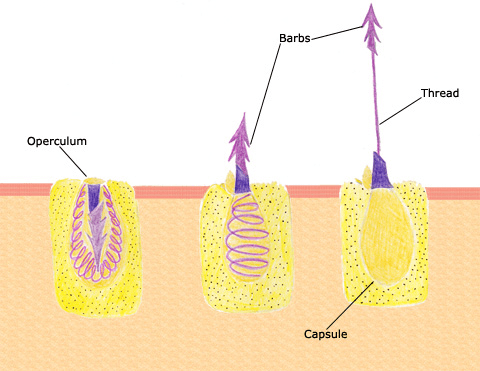
Sponges are members of the phylum _______.
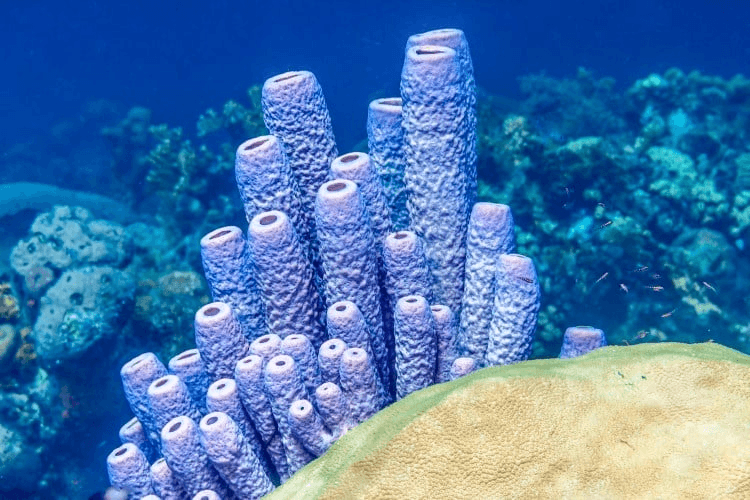
Porifera
These worms are among the most abundant of all animals and have a tube shape.
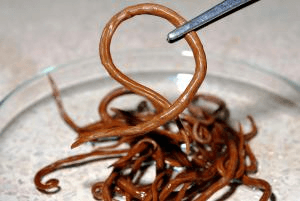 roundworms
roundworms
A group of cells that perform the same function form a
This is what we call a skeleton inside the body.
endoskeleton
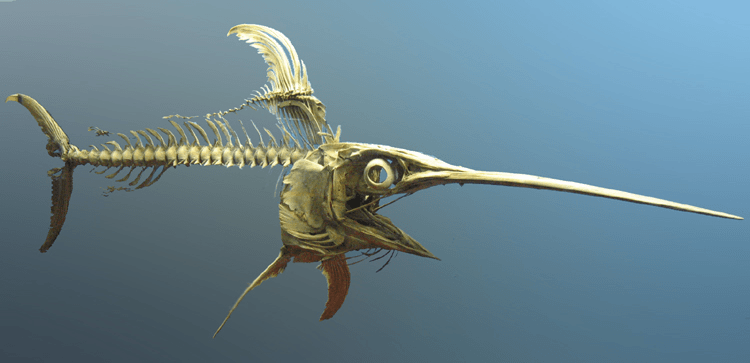
What kind of body shape do anemones have?
polyp
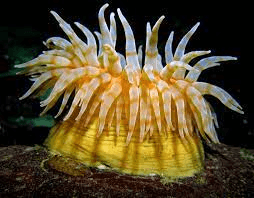
Sponges are sessile. What does that mean?
They can't move from place to place.
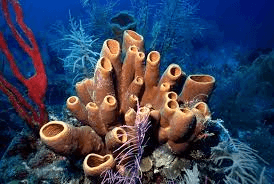
This type of worm is the simplest of all animals that have bilateral symmetry
flatworms
When tissues group together for a common purpose, they form a/an
organ
This is a flexible skeleton made by the pressure of fluid inside the body
Hydrostatic skeleton
This type of cnidarians forms beautiful colonies that provide homes for many other species of underwater animals.
Coral
How does water enter a sponge?
Through pores on the surface of the sponge
This type of animal lives in or on the body of another living organism.
parasite
This is the basic unit of all living things. It contains a nucleus and organelles
Cell
This is the scientific term for cold-blooded
ectotherm
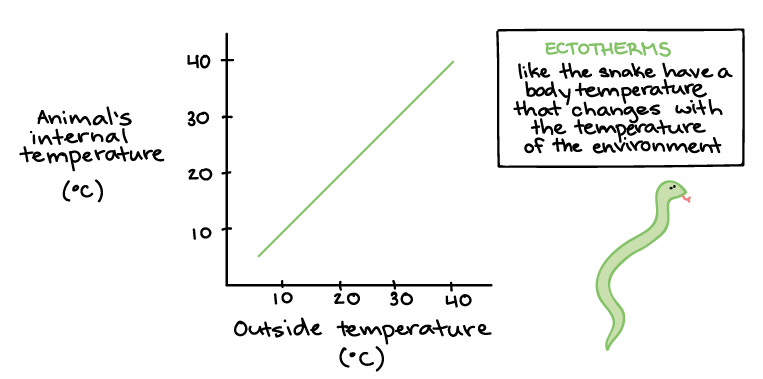
This type of cnidarians body plan looks like a bell with tentacles hanging down
Medusa
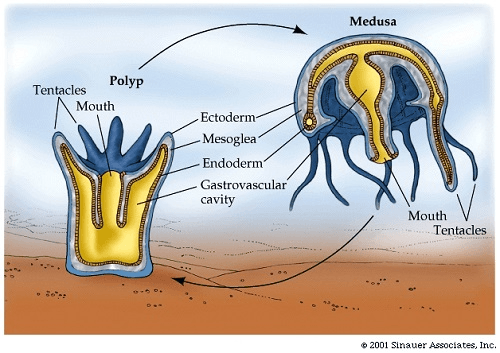
Sponges have no ___________ and no ________.
You must answer both.
Sponges have no symmetry and no true tissues.
Some invertebrates defend themselves by resembling species that are more dangerous than they are. This is known as
mimicry